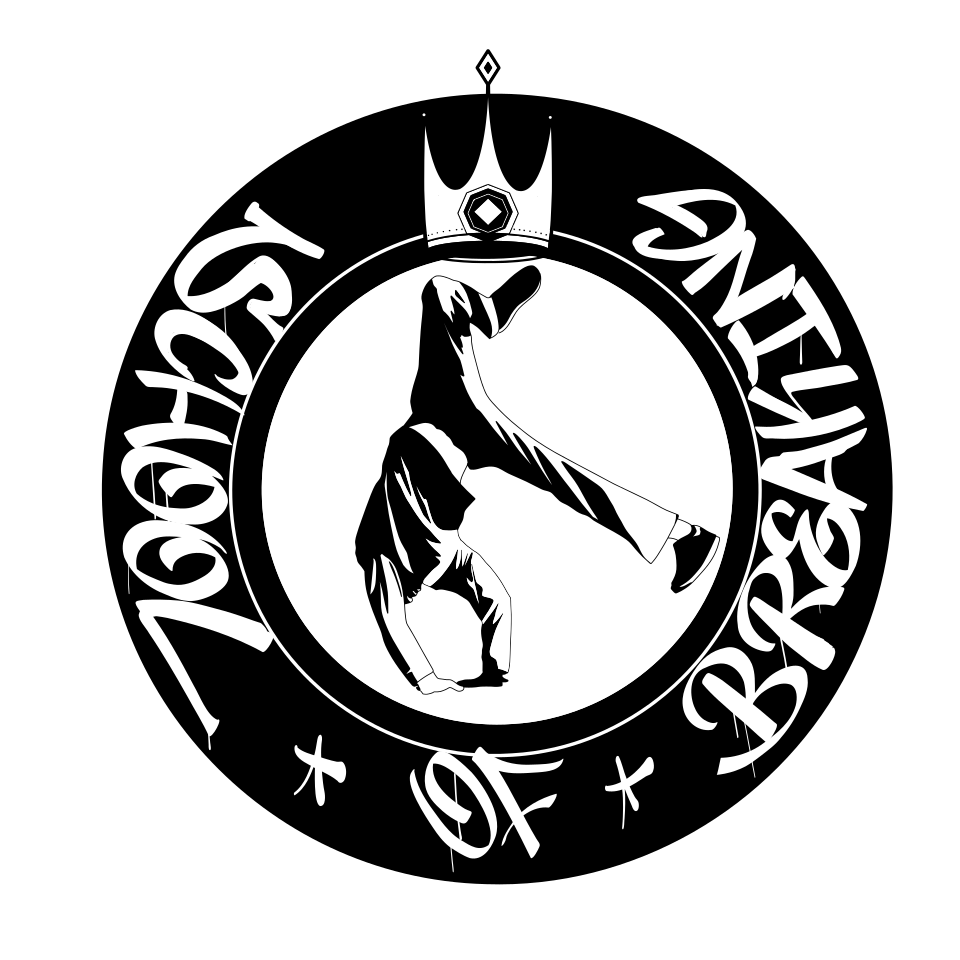Which athlete possesses strength, stamina, and agility all while executing moves with precision and effortless simplicity? The answer of course, is the dancer; every single time she hits the stage or enters a battle. What about the dancer who shows up injured? The reality is that none of the criteria changes, but the opportunity for learning about one’s self explodes. Injuries are just a fact of life for dancers, but along with injury comes education.
Prepping From the Inside Out
A committed routine to a few simple tasks can go a long way for the dancer whose priority is to remain healthy. Mentally running through these proactive questions before the next class, battle or training session may serve to ward off your next injury.
- Have I warmed up properly?
- Have I incorporated strength training into my preparation?
- Am I hydrated?
- Do my shoes and clothing help or hinder movement?
- How can my teacher or mentor help guide a reasonable next step for my current skill set so I’m not in over my head?
- Does the move I’m working on cause me pain? If the answer is yes, it’s time to work on something else so your body can heal.
Knowing When to Take a Break
If it’s true that injuries are part of the dance landscape, then knowing when to take an off ramp is essential for the dancer whose body needs to rest. According to Johns Hopkins University, dancers are especially vulnerable to overuse injuries including hips, knees, feet and ankles as well as tendonitis, impingements, tears, stress fractures and eventually arthritis. While taking a break can seem like a huge inconvenience, the trade off to ignoring symptoms could find the dancer at the finish line long before they are ready to cross.
As we become stronger and more skilled, our identity as a dancer sharpens. Take that identity away abruptly and it’s not just our body that aches but our minds as well. Experts tell us in order to combat injury induced depression “…athletes need to follow a regular sleep schedule, eat healthy and adhere to all medical instructions with much of post-injury anxiety stemming from fear of re-injury.”
Humility
There is always an opportunity to learn as a dancer. Learning about the dancer’s craft is one area, but learning about the dancer as self is equally powerful. Injuries don’t have to result in a negative experience. In fact, and according to Ali Krieger elite athlete and women’s World Cup Champion, “Injuries give you perspective. They teach you to cherish the moments that you may have taken for granted before.” Take good care of your body and learn from your setbacks. Aches, pains and injuries are part of the dance game and just like that new bruise, your latest episode will soon fade, making you stronger inside and out as a result.
By Polli Ring
